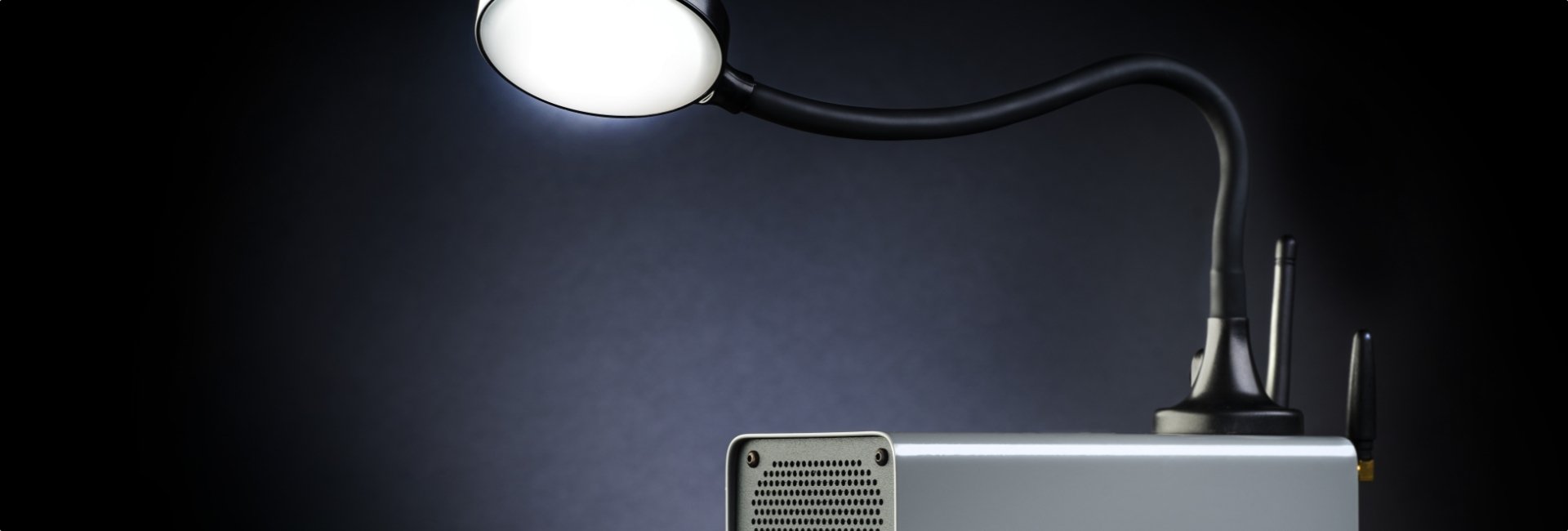A cardboard display is a thick (or often referred to as heavy) paper stock. It is most commonly used in point of purchase displays and it has a strong influence on the way the audience interacts with the display. They also change the look of your products, transforming them into attention-grabbing items. A cardboard display is also usually cheaper than other types of display, because of the materials used for their design.
Types of Cardboard Displays
Even though they are most commonly used for point of purchase displays, cardboard displays can be used in other locations found inside your store, such as:
- Gondola ends
- Aisle ends
- Shelf displays
- Gift with purchase locations
It is usually used for new product launches, offers, discounts, as well as different kinds of promotions: seasonal, short-term, or long-term. Cardboard displays are usually very appealing from a visual perspective, and thus make use of special designs or colors meant to attract the attention of customers.
Cardboard displays can also have different shapes and sizes, depending on the promoted products and what you are trying to accomplish while promoting them. They can also be designed to include multiple shelves that can help organize the products and add to the visual appeal of your products.
Why Is It Important?
A cardboard display is important because it concentrates the attention on the product you want to advertise.
It is also a flexible item, since a cardboard display can be placed in different locations, as it doesn’t occupy much space, and they are also easy to be moved around. Cardboard displays are also durable and sustainable, because of the materials used in their production.
Examples Of Cardboard Displays Used By FMCG Brands
There are a few examples of cardboard displays that are used by FMCG brands, such as counter display, hook display, dump bins, floor graphics, and more.
A counter display is considered to be most suitable for retail sales, as they are small and a clever way to promote your products. This type of display is not considered one of the most unique in terms of structure, but it does put into perspective the main idea of displaying an item.
A hook display automatically translates into those products that have been produced that way: the products that have a hanger box. A hook display can hold more products than the counter display and can be considered a bit more expensive as well.
A dump bin can be viewed as a bigger display box, that can also store items. It is used mostly for catching the attention of customers, as it can also hold heavier items. Dump bins are also suitable for smaller products that can be easily grabbed by customers while they’re walking in the store. For example, they are used by brands that sell chocolate bars or candy bars, since a sweet tooth makes you buy more than just one. Dump bins can also be used by brands that sell food accessories.
Floor graphics attract your attention because they’re unusual. This form of advertising can lead you from the starting point of the store up to where the product is placed on the shelf. It can also be placed near the shelf and it can encourage customers to follow the trail and see where it takes them, which is a concrete example of why this unusual way of advertising is also effective.
Even though cardboard displays might sound simple, they’re still in it for the long run and amazing results. Two outstanding examples come from Old Spice and Johnnie Walker. Old Spice used this simple method to advertise the benefits of their products and to offer something visually appealing to their customers.
A white walker or a Johnnie Walker? Knowing what people talk about in the heat of the moment can bring you some good advertising, and this is how the brand showcased their products: Johnnie Walker displayed as a Game of Thrones character, a white walker.


